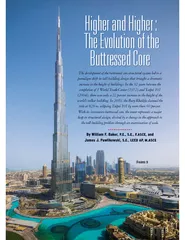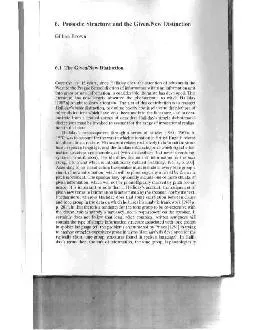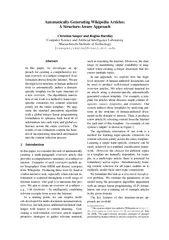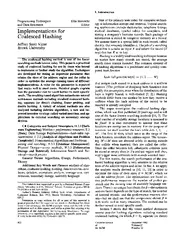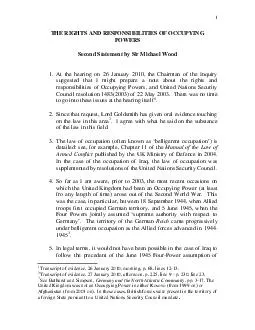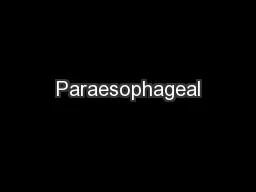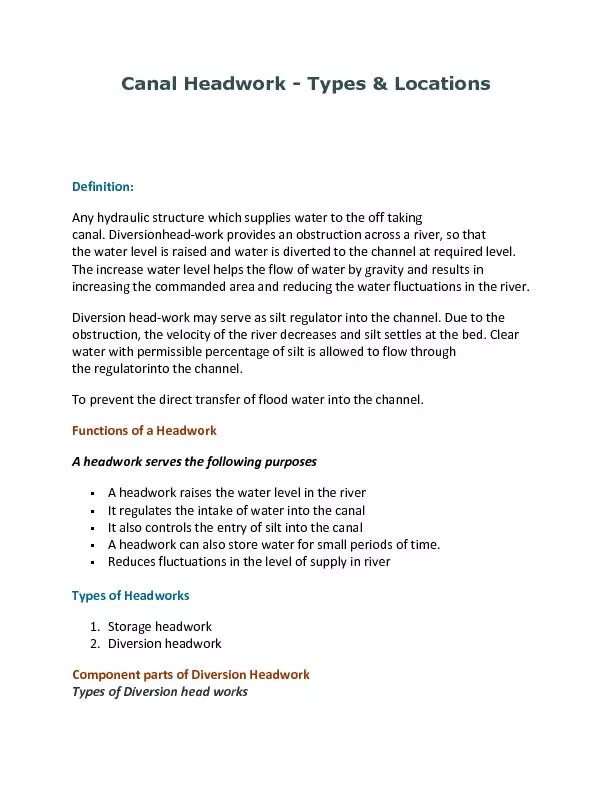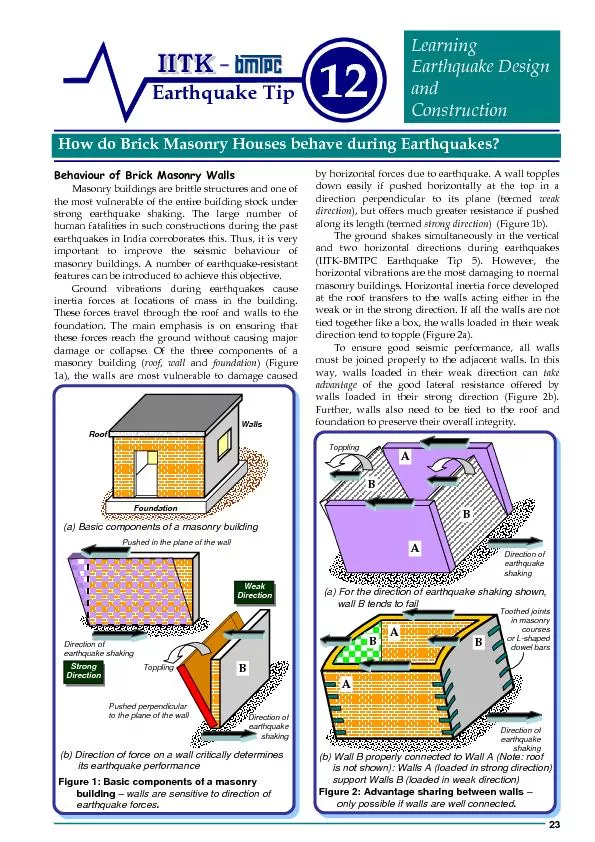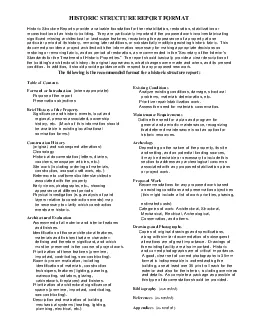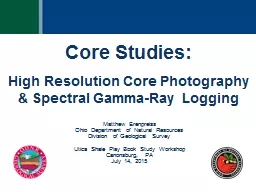PDF-IGURE The development of the buttressed core structur
Author : celsa-spraggs | Published Date : 2015-05-10
In the 32 years between the completion of 1 World Trade Center 1972 and Taipei 101 2004 there was only a 22 percent increase in the height of the worlds tallest
Presentation Embed Code
Download Presentation
Download Presentation The PPT/PDF document "IGURE The development of the buttressed..." is the property of its rightful owner. Permission is granted to download and print the materials on this website for personal, non-commercial use only, and to display it on your personal computer provided you do not modify the materials and that you retain all copyright notices contained in the materials. By downloading content from our website, you accept the terms of this agreement.
IGURE The development of the buttressed core structur: Transcript
Download Rules Of Document
"IGURE The development of the buttressed core structur"The content belongs to its owner. You may download and print it for personal use, without modification, and keep all copyright notices. By downloading, you agree to these terms.
Related Documents

